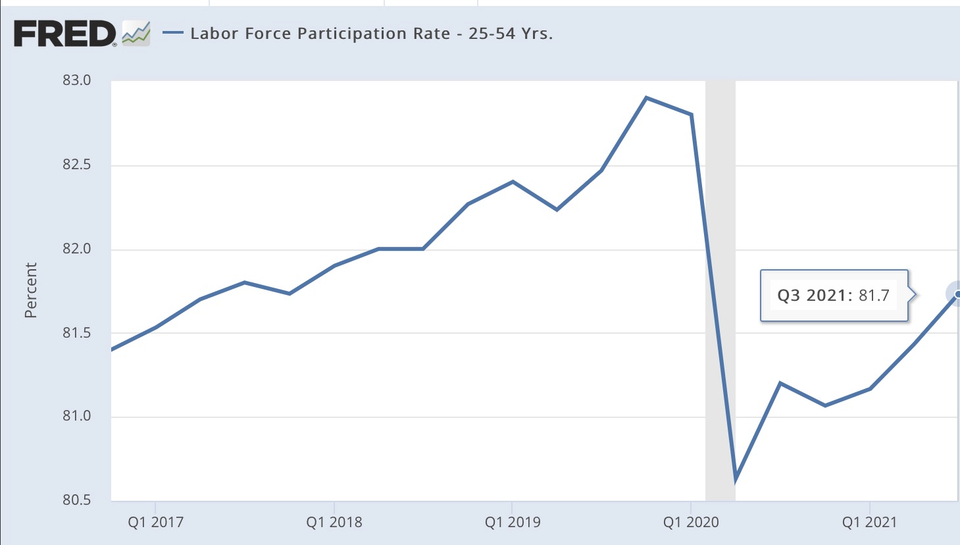Labor Markets
Summary 1. Friday's Q3 ECI release showed a modest slowdown in the pace of wage growth. Coupled with what we already knew about Q3 employment growth, we are continuing to see a slower—though still highly respectable and resilient—pace of gross labor income growth (~6.1% annualized
This is the second piece of our vacancies series. In this piece, we refute specific vacancy-backed arguments that the Federal Reserve will need to engineer a recession in order to bring inflation under control.
The Federal Reserve has given job vacancy data center stage in assessing the strength of the labor market. The theoretical and empirical issues with vacancies data show that this is a mistake.
Two things are all but guaranteed for the rest of the week: 1. The Fed is going to hike 75 basis points (2.25%-2.50%) and signal that it remains vigilant about inflation. Their characterization of growth dynamics are likely to remain on the rosier side, and inflation expectations
Repeated price crashes in a variety of industries led to a situation of underinvestment in productive capacity that created the conditions for the inflation we see today.
As of the first quarter of 2022, we have effectively recovered the jobs and wages lost to the pandemic-induced recession.
Friday's employment report is set to be messy for a number of reasons, not just because Omicron is likely to weigh somewhat heavily on nonfarm payroll estimates. At the risk of sounding like a broken record, your best bet to avoid getting spun around by all of the
If the Fed wants to stay true to the "maximum employment" component of its forward guidance, and the "broad and inclusive" nature of that goal, it is imperative that their interest rate policy actions reflect a full recovery on both of these measures.

Chair Powell and others have bemoaned the allegedly sideways trajectory of labor force participation, while other commentators have taken an even more pessimistic view, assuming that a large swath of people who were employed just two years ago to be permanently unavailable now. To evaluate the recovery correctly (and measure
